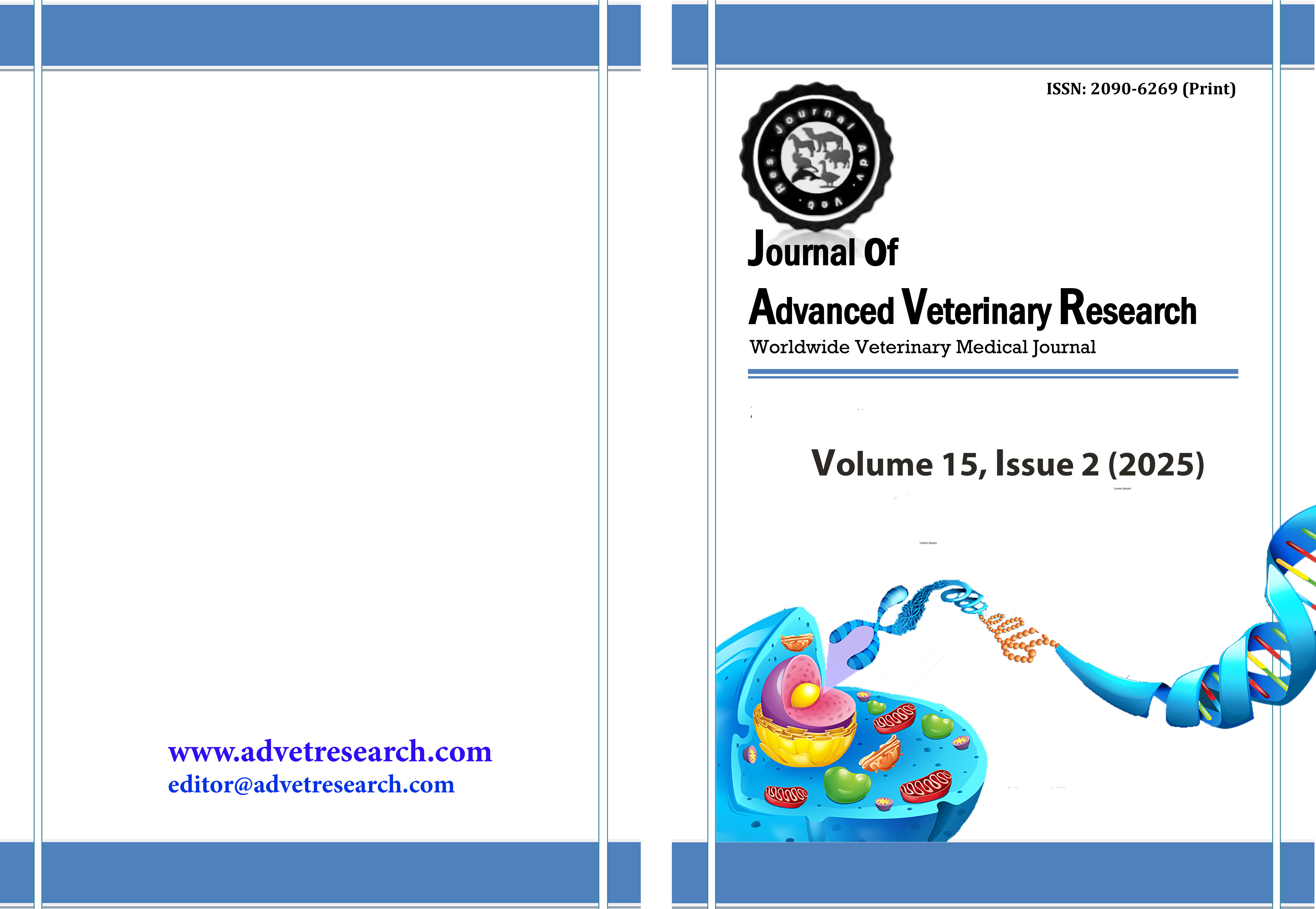Molecular detection and first characterization of Ehrlichia canis from Gajapati in Odisha
Keywords:
E. canis, PCR, Phylogenetic analysis, 16S rRNAAbstract
Ehrlichia canis (E. canis), a rickettsial pathogen transmitted by tick vectors, causes canine monocytic ehrlichiosis, a significant infectious disease in dogs worldwide. The Gajapati region in Odisha is characterized by warm and humid climate, providing a conducive environment for the proliferation of ticks. Despite this, there has been no documentation on the genetic diversity of E. canis in this region. So, this study was taken up to detect and molecularly characterize E. canis from the Gajapati district in Odisha, India. A total of 64 blood samples were collected from the dogs showing clinical signs consistent with ehrlichiosis. All the samples were preliminarily screened by Giemsa blood smear examination followed by Polymerase chain reaction (PCR) targeting the 16S rRNA of E. canis. Of the 64 samples tested, 15 (23.4%) were positive by Giemsa staining and PCR analysis revealed a higher prevalence, with 35 (54.7%) samples testing positive, suggesting its superior sensitivity. Two of the isolates namely GEC-1, and GEC-2 were sequenced, and submitted to GenBank. The phylogenetic analysis revealed that the two study isolates were clustered together at bottom and form a distinct clade indicating distinct lineage from other reported strains. The present study is the first study on molecular characterization of E. canis from this region to our knowledge and whole genome sequencing has to be done for better understanding of the divergence.
Downloads
Published
How to Cite
Issue
Section
License
Copyright (c) 2025 Journal of Advanced Veterinary Research

This work is licensed under a Creative Commons Attribution-NonCommercial-NoDerivatives 4.0 International License.
Users have the right to read, download, copy, distribute, print, search, or link to the full texts of articles under the following conditions: Creative Commons Attribution-NonCommercial-NoDerivatives 4.0 International (CC BY-NC-ND 4.0).
Attribution-NonCommercial-NoDerivs
CC BY-NC-ND
This work is licensed under a Creative Commons Attribution-NonCommercial-NoDerivatives 4.0 International (CC BY-NC-ND 4.0) license




